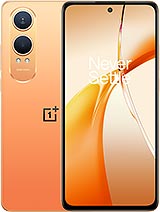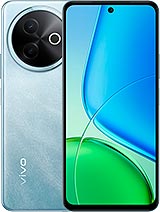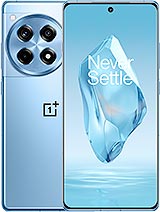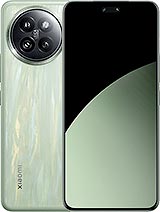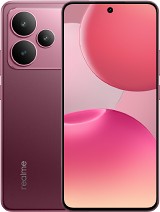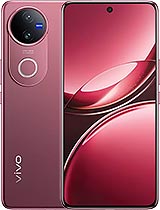Realme P4 alternatives
Tap above to see alternatives.
Vivo V50 alternatives
Tap above to see alternatives.
4x2.6 GHz Cortex-A78
4x2.0 GHz Cortex-A55
1x2.63 GHz Cortex-A715
3x2.4 GHz Cortex-A715
4x1.8 GHz Cortex-A510
8GB 128GB (UFS 3.1)
8GB 256GB (UFS 3.1)
8GB 256GB (UFS 2.2)
12GB 256GB (UFS 2.2)
12GB 512GB (UFS 2.2)
f/1.8, 27mm (wide), 1/2.88", 0.61µm, OmniVision OV50D40, PDAF
8 MP
f/2.2, 112˚ (ultrawide), 1/4.0", 1.12µm
f/1.9, 23mm (wide), 1/1.55", 1.0µm, PDAF, OIS
50 MP
f/2.0, 15mm, 119˚ (ultrawide), 1/2.76", 0.64µm, AF
1080p@30/60/120fps, gyro-EIS
1080p@30fps
f/2.4, (wide), 1/3.09", 1µm, Sony IMX480
f/2.0, 21mm (wide), 1/2.76", 0.64µm, AF
1080p@30fps
SIM1: Nano, SIM2: Nano
9 5G bands
n1, n3, n5, n8, n28, n40, n41, n77, n78
9 5G bands
n1, n3, n5, n8, n28, n40, n66, n77, n78
In this performance comparison, the Vivo V50 with its Qualcomm Snapdragon 7 Gen 3 (4nm) performs better than the Realme P4 with the MediaTek Dimensity 7400 (4nm), thanks to superior chipset efficiency.
Both phones launched with Android 15 and will get updates until Android 18. Both phones are expected to receive security updates until around 2029.
Both Realme P4 and Vivo V50 feature AMOLED displays, offering vibrant colors and deeper blacks. In terms of smoothness, Realme P4 offers a higher 144 Hz refresh rate, ensuring fluid scrolling and animations. Both devices deliver the same brightness level at 4500 nits. Both phones have the same screen resolution.
Realme P4 comes with a larger 7000 mAh battery, which may offer longer usage on a single charge. Vivo V50 also supports faster wired charging at 90W, compared to 80W on Realme P4.
Vivo V50 offers better protection against water and dust with an IP69 rating.
¹ Scores can vary even with the same chipset due to RAM, thermals, and software optimization.

